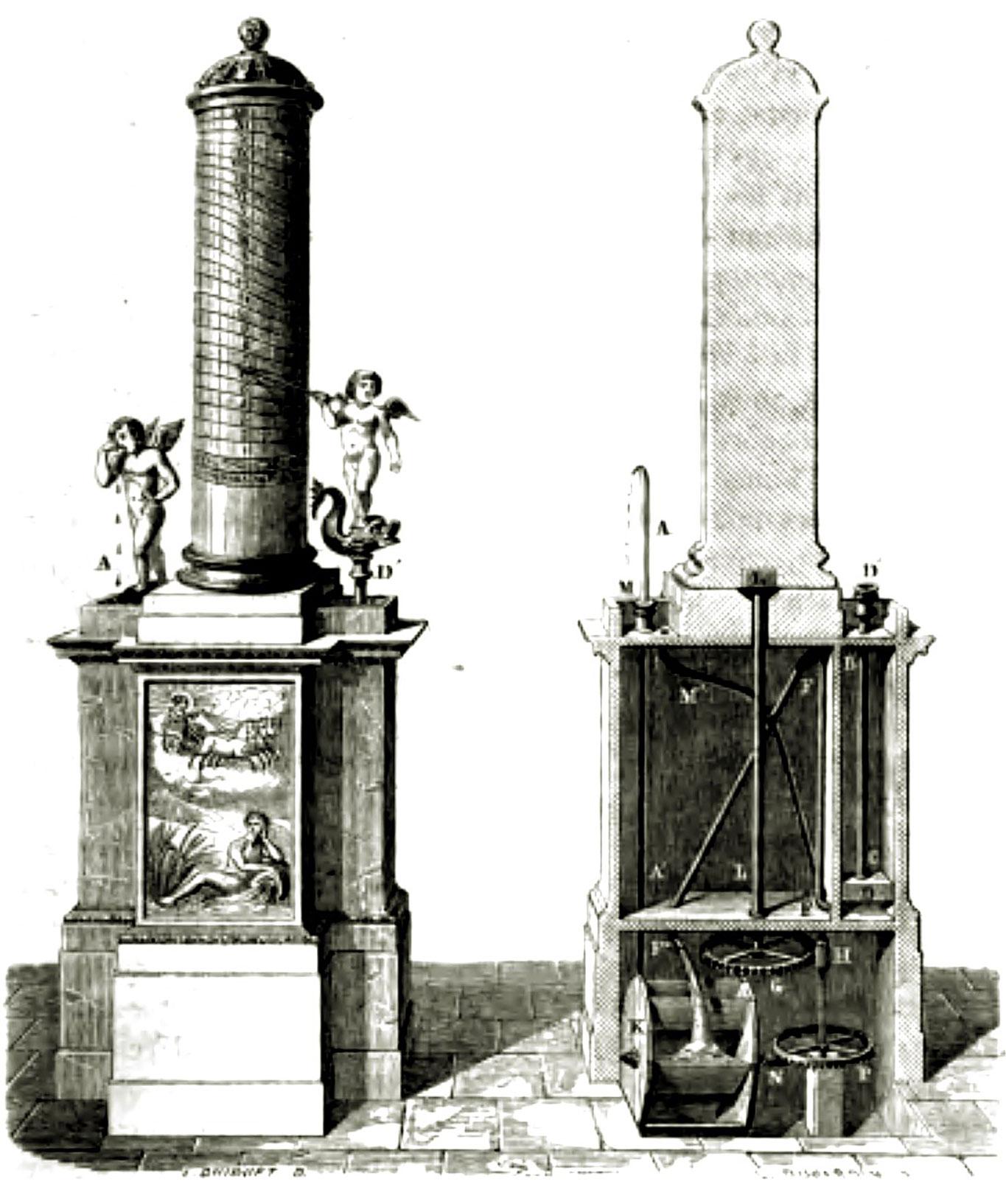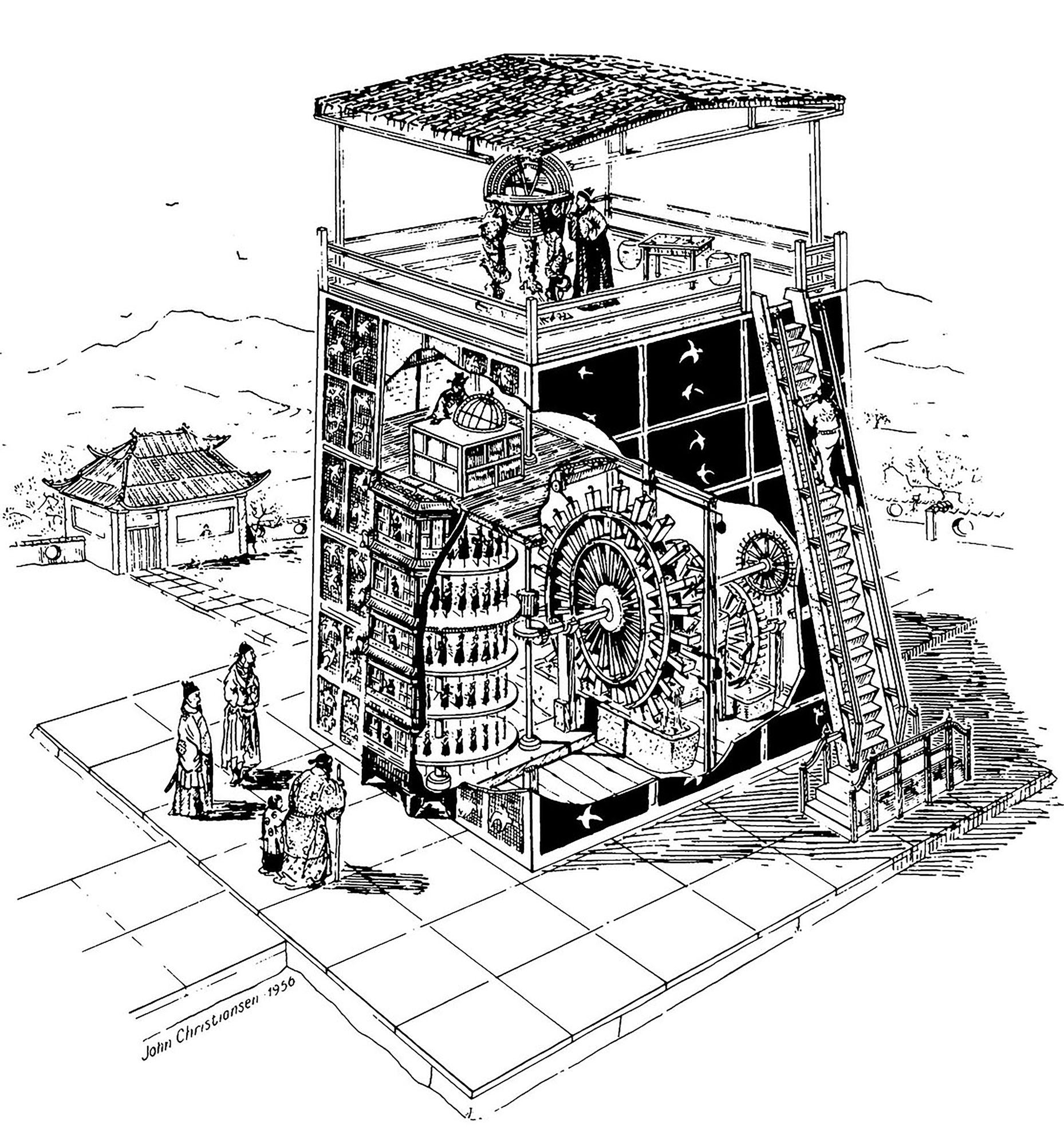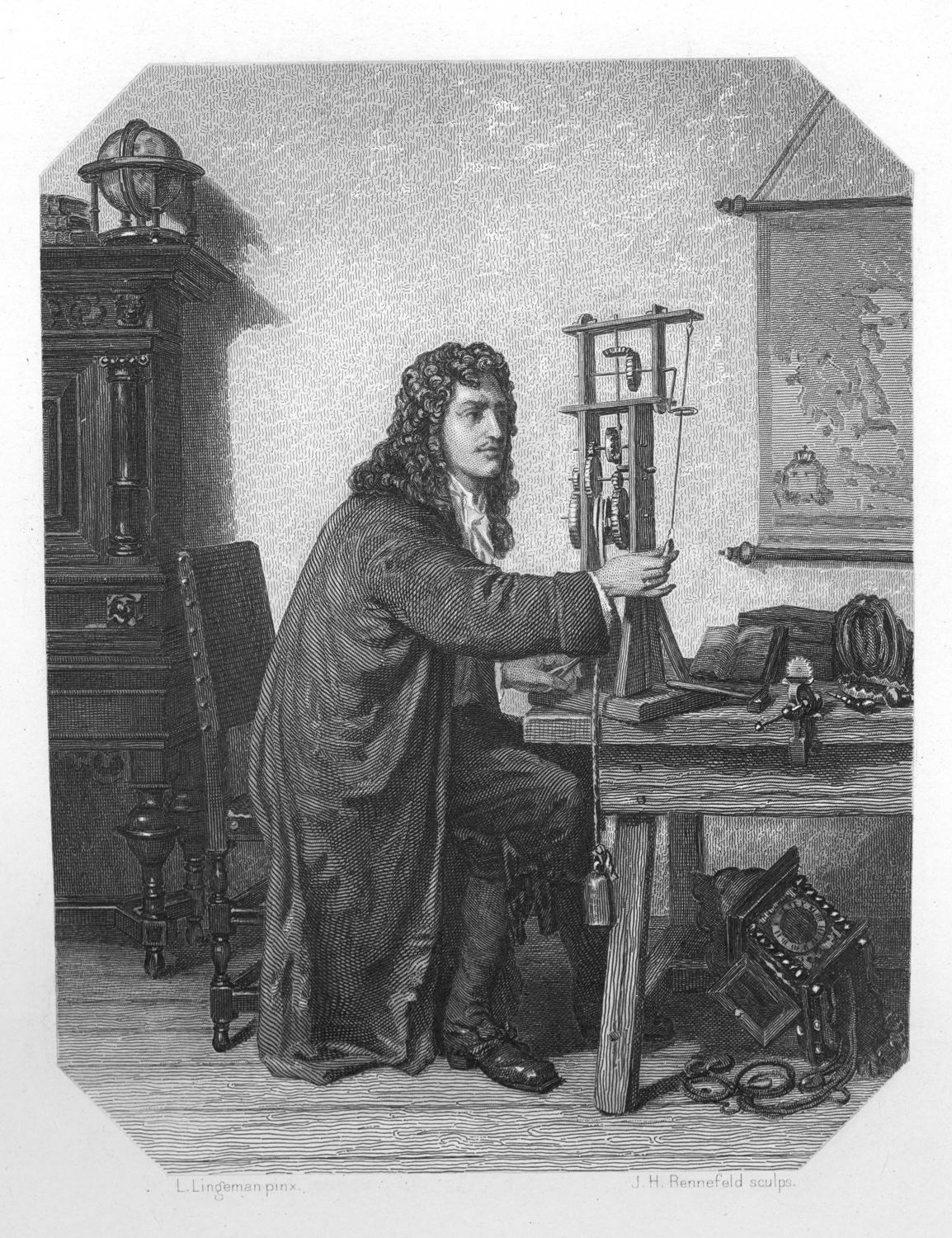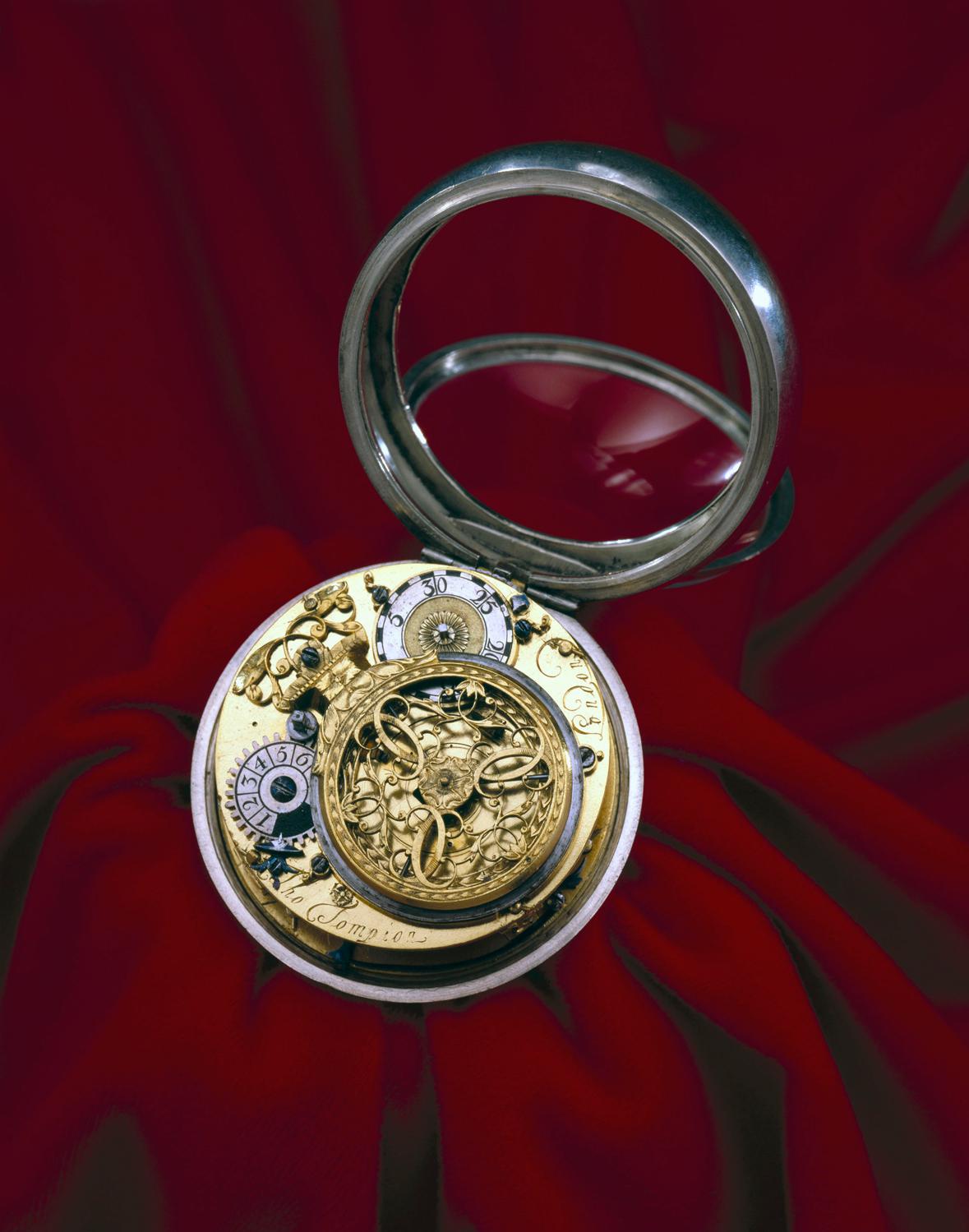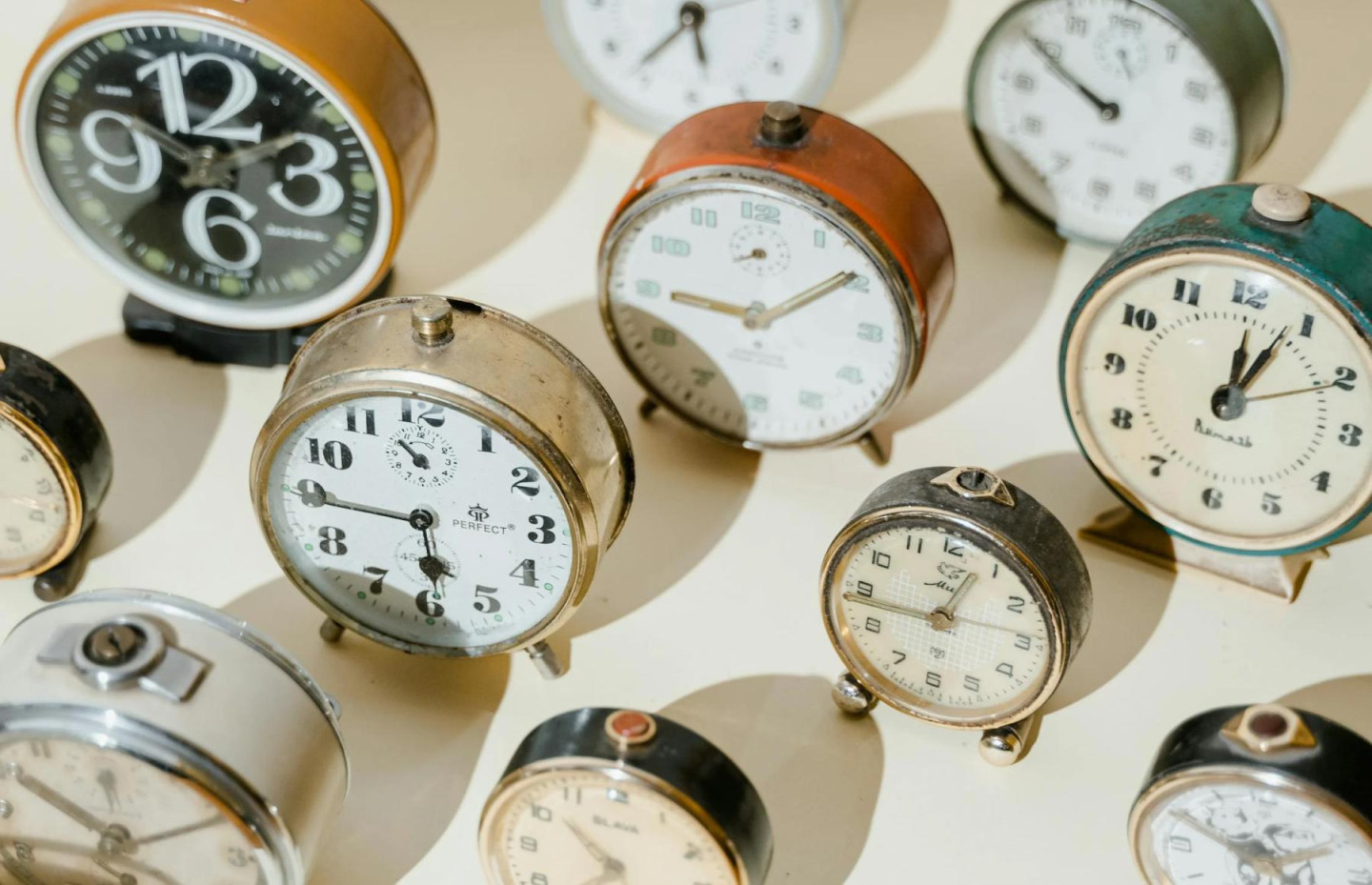
Among the many answers to the question of why a person needs a watch, there is one most obvious one: to wake up on time. People have been solving the problem of being woken up at a certain time for centuries. Moreover, we were talking not only about annoying, but also harmless sound mechanisms, and sometimes about very brutal devices.
Call for philosophers
The further people moved away from animals, the more solemn the process of transition from sleep to wakefulness was. Actually, in the paradigm of human culture, waking up is in itself a great achievement, a victory over non-existence, and in order to finally confirm the triumph of reason over chaos, people got it into their heads that they definitely need to wake up at a strictly specified time in order to unanimously begin the planned affairs.
The first known inventor of a clock with a sound mechanism programmed for a specific hour is considered to be the ancient Greek philosopher Plato, who lived in the 5th–4th centuries BC. e. To wake up his students for lectures in the morning, in the evening he launched a kind of “water organ” – a type of clepsydra, consisting of three communicating vessels. The water slowly poured from the first into the second, and when it was filled, it sharply pushed the water into a third, smaller vessel, equipped with a pipe that made a sharp sound. 100 years later, the famous Greek mathematician and mechanic Ctesibius improved Plato’s system by making a clepsydra with precise movement based on a hydraulic piston and even attaching a dial to it. He also began to use a more sonorous bell, driven by hydraulics, instead of a pipe.
It must be said that until the end of the first millennium AD, most devices with a programmable sound signal were based on clepsydras, and they appeared in different regions independently of each other. In China, the first inventor of the alarm clock is considered to be the Buddhist monk Yixing, who lived in the 7th–8th centuries, during the Tang Empire. He built the first clock in history with a mechanical escapement (albeit with a water drive), and also attached a bell to it. Famous Chinese engineers Zhang Xisun and Su Song created their own variations of hydraulic alarm clocks in the 10th and 11th centuries. In addition, even earlier in China, “fire alarm clocks” were widespread – a fairly simple device with a stick that burned out in a certain number of hours, and in the right place a weight was suspended from it, which, when falling, hit the gong.
Sleep with a revolution
Just by the great minds that were involved in the development of this device, one can judge its importance for humanity. Suffice it to say that the English word clock, which has come into use, comes from the Latin clocca, meaning “bell,” which is understandable: the first pin mechanisms, which became the prototype of a mechanical escapement, were invented specifically to control the ringing of bells, and by the end of the Middle Ages in Europe, like mushrooms , the city tower clock began to appear, striking the time with bell strikes.
Just over 100 years remained before Christiaan Huygens and Robert Hooke invented a balance with a spiral, which made it possible to significantly improve the accuracy of the mechanism, as well as turn the watches themselves into compact portable devices.
Meanwhile, the brilliant creators of the Renaissance tried to solve the problem of morning awakenings in their own way, without waiting for the “chronometric revolution”. For example, the ringing of tower bells did not suit everyone. Firstly, it works strictly according to the clock, and secondly, not everyone wakes up from it. The great Leonardo da Vinci himself tried to create an alternative personal alarm clock device. There are records of his system, also based on a clepsydra, and in its degree of sophisticated cruelty it was reminiscent of the trap from the Saw franchise: water slowly flowed from one vessel to another, and when it was full, it dropped down, activating levers that literally turned the bed over . Fortunately, no one was able to experience the effectiveness of da Vinci’s alarm clock.
However, after the advent of the anchor escapement, there was no longer a need for such ingenious devices: the compact mechanism made it possible to add a bell and a programming mechanism to a personal watch.
“Get up, get up”
It is not known exactly who invented the first home alarm clock. Similar mechanisms appeared in the 17th century in England, France and other countries. A rather funny story happened with the inventor of the first American alarm clock. In 1787, Levi Hutchins, a clockmaker from New Hampshire, built a mechanism that rang every day at four in the morning. It was impossible to reset the alarm time. Hutchins himself claimed that the chosen time had nothing to do with his work responsibilities, he just liked to get up every day before dawn. Since the watchmaker did not plan to sell his device, he did not think of obtaining a patent for it. So the author of the first patented alarm clock was the Frenchman Antoine Radier in 1847. Naturally, its mechanism was already equipped with a time setting function, albeit a rather simple one, based on a medieval pin device. It was a wall clock with a dial in which each hour was equipped with a hole into which a pin was inserted to activate a sound signal.
True, Radier never received a patent in the United States, so the first official American alarm clock was a similar mechanism from Seth Thomas, which appeared in 1876. By this time, the need for mechanisms that rang in the morning was enormous, which was facilitated by the growth of the urban population. Police officers, railway workers and postmen were required to have alarm clocks, and they were strictly forbidden to oversleep their duty. And it was also not out of place for ordinary people, rushing to offices or factories, to get up not “soon after dawn,” but at a certain hour.
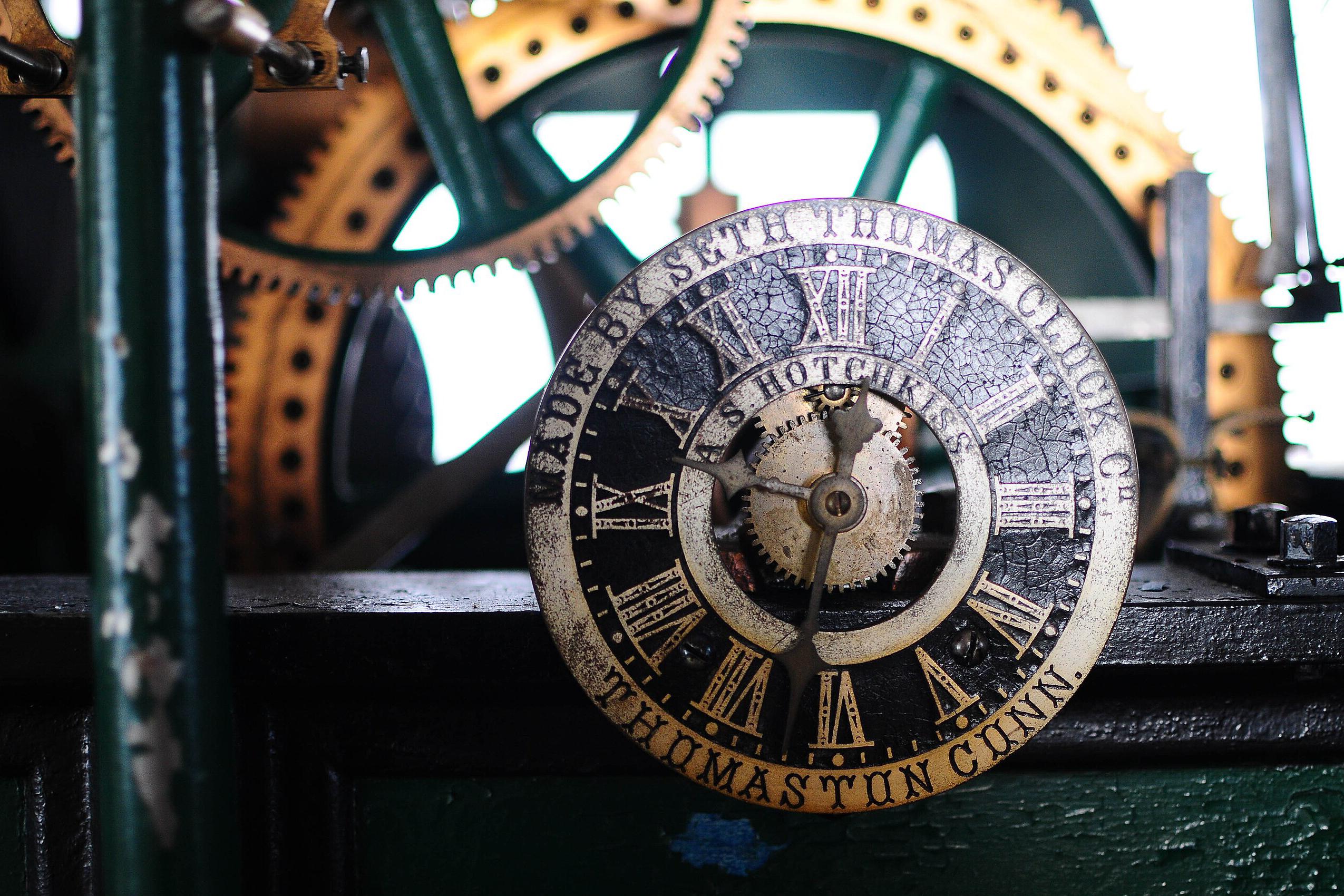
This 1876 Seth Thomas clock still keeps time in Independence Hall. Independence National Historical Park, Philadelphia County, Pennsylvania
Due to the growing demand of the population, they tried to make mass alarm clocks as cheap as possible, especially with the beginning of the First World War, when metal became scarce. The cases were made from wood shavings or even from pressed cardboard. And still, not every proletarian could afford a personal alarm clock. In working-class areas located near the plant, the role of an alarm clock was often played by the factory whistle, but in other places residents had to resort to tricks. For example, in England until the 70s of the last century there was a special profession called “knocker-up”. These were people, often suffering from insomnia, whose job it was to wake up their neighbors in the morning. If the whole block paid them together, then it was enough to walk through the streets with a mallet. If only some residents paid the fee, then the alarm clocks had to resort to sophisticated methods. For example, delicately knocking with a long stick or fishing rod on the desired window. And the famous alarm clock Mary Smith (from the Smith dynasty of alarm clocks, well known in East London) knew how to spit masterfully…

